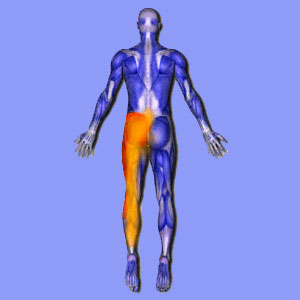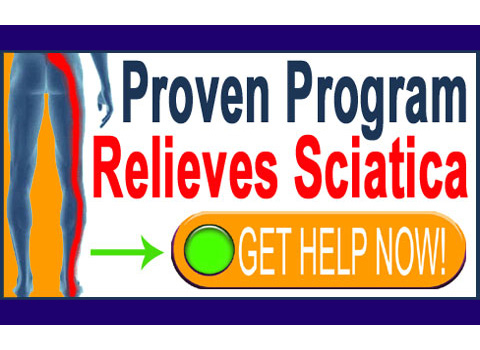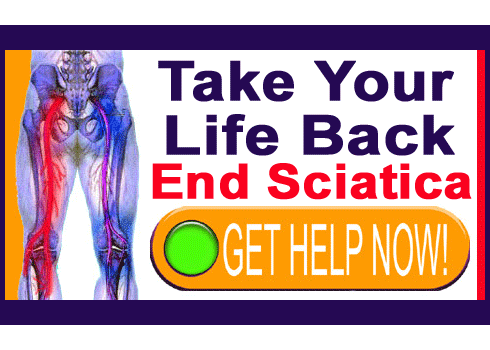
Electrotherapy for sciatica is a form of symptomatic care that is often used by complementary therapists as part of a combined care program. Electrotherapy can be provided in several forms, but the most commonly utilized is certainly TENS or transcutaneous electrical nerve stimulation.
Why would a person choose to use electrical treatment for pain management? Does the therapy actually work or is it a complete scam? What are the pros and cons of electrotherapy for radicular pain? These questions are important to answer before choosing the best therapeutic path for your particular needs.
This post details the use of electrical treatment for sciatic nerve symptoms.
Electrotherapy for Sciatica / TENS
TENS is a very popular treatment for pain. It can be used for many different types of pain, caused by many different suspected sources. TENS is theorized to work due to its ability to interfere with nerve signals.
Nerve messages that run to the brain are electrical in nature. TENS units generate a small electrical charge that is applied through the skin in the symptomatic area and/or the area where the pain is being generated, in order to disrupt pain signals and cancel the message before it reaches the brain and registers as discomfort.
TENS can be applied as a professional treatment in a medical or complementary medical office. These machines tend to be large and more powerful than the much more popular home-use variety of TENS units. TENS units for home care are generally portable, run on batteries and are less effective than professional models that use alternating voltage to provide treatment.
TENS Electrotherapy Details
TENS treatment can take from 15 to 45 minutes on average, depending on the pain and the area to be treated. Electrodes are placed on the skin via sticky pads. These electrodes are hardwired into the TENS machine. The unit will have controls to determine the voltage, strength and other parameters of the treatment to be rendered in many cases. Basic home use TENS devices might only have an intensity dial. Most patients will require a period of trial and error to determine the most effective settings for their particular pain problems.
TENS is not painful, per se, but can be uncomfortable. Some people find it mildly annoying, while others really dislike it. (I was one of the latter types, since I found TENS to be very uncomfortable whenever it was offered to me as a therapy.)
Tens is well loved by caregivers, since it only takes a minute to set up the machine and then the care provider can leave to work with other patients while the machine does the work. This makes TENS very profitable and explains much of its popularity in the complementary care community. Virtually all chiropractors love it and it may also be used by massage therapists and other types of caregivers, as well. It is far less common to see TENS being used in a traditional medical office, mostly due to its controversial nature and lack of objective efficacy.
Electrotherapy for Sciatica Efficacy
TENS remains controversial, since much of the research performed on the treatment has not been scientific or peer-validated by respected professionals. In fact, most efficacy is reported as “anecdotal”, which is a very low rating…
The theory behind TENS seems plausible, but when studied in greater detail, much of the science breaks down. Studies have been done about the ability of the electrical current to penetrate tissue, compared to the actual depths of affected nerves. This is where most doctors disagree that TENS could not possibly have any true therapeutic effect. However, it is equally important to account for many, many, many patients who embrace the treatment and claim that it greatly diminished their sciatica pain when used on or near the spine or locally in painful areas of the buttocks, legs and/or feet.
There is no way to know if TENS will work for you without giving it a try. The cons include the high and ongoing cost of professional treatment, the discomfort factor and the possibility that the treatment will not work to reduce your pain at all. The pros include a very low risk factor, the low cost of buying a home-use device and the possibility of finding relief that can be used anywhere, as often as needed without the risk of drugs or surgery.
We have written much about TENS treatment across all of our websites, so feel free to read more on the various sites of The Cure Back Pain Network for additional dialogs concerning electrotherapy treatment.





